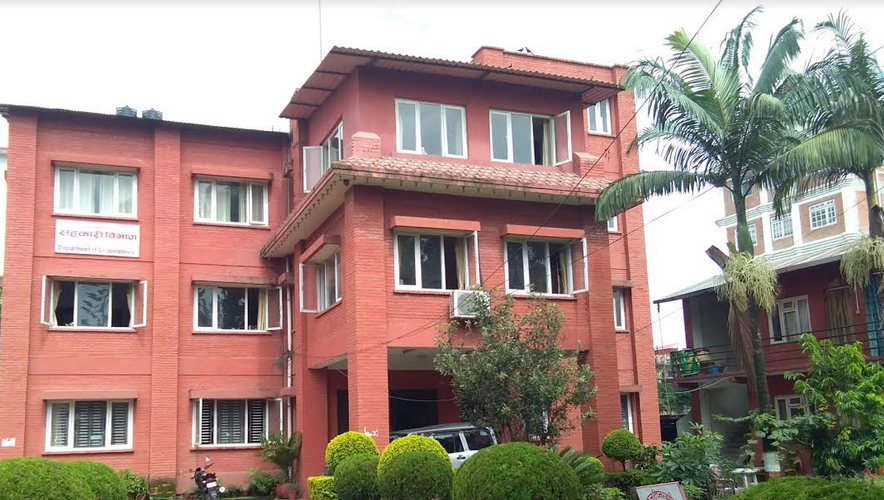However, co-operatives are not immune to challenges. They face intense competition from corporate businesses, which have more streamlined management. The co-operative model also may be difficult to implement in ventures that require significant capital investments. Additionally, the democratic structure of co-operatives, in which every member has an equal vote, can lead to power struggles and politics within the organization. And just like any other business model, the success of a co-operative also depends on a number of other internal and external factors. And although co-operatives can play a role in mitigating some of the negative impacts of capitalism, they are not a replacement for capitalism as a whole.
At first glance, co-operatives often tend to be associated with rural economies and small-scale industries. However, this assumption is far from the truth, as co-operatives have proved to be successful in large and complex businesses as well. A prime example is Amul, a brand that started as a co-operative society of farmers of two villages in Gujarat, India, in response to the exploitative practices of middlemen, in 1946. Today, it is jointly controlled by 3.6 million milk producers in Gujarat and has an annual turnover of approximately$7 billion. Another successful co-operative is IFFCO, which has an annual revenue of approximately $3.5 billion and produces and sells fertilizers in India. Established in 1967 by farmers with support from the Indian government, IFFCO operates multiple fertilizer plants throughout India to provide affordable and high-quality fertilizers to farmers. In the United States, co-operatives offer affordable healthcare and energy supply to their members. One notable example is Hoosier Energy, which was established in 1949 by farmers in Indiana to power their homes and farms. Hoosier Energy is a generation and transmission cooperative that supplies electricity to its member co-ops, which then supply electricity to consumers. Electric cooperatives came into existence in the US when the investor-owned utilities were either unwilling to serve in remote areas due to a lack of profitability or where residents sought more affordable options. Mondragon Corporation, founded in 1956 as a small workshop producing paraffin heaters in Basque, Spain, has grown into the world's largest worker-owned multipurpose co-operative. With operations in finance, retail, manufacturing, and education, it demonstrates the versatility and success of the co-operative model. Even the beloved football club, Barcelona, operates as a co-operative institution. Recently, some co-operatives in Nepal have experienced a severe liquidity crisis, raising doubts about the overall stability and sustainability of the co-operative sector in the country. But cooperatives still hold potential for the country and can play a crucial role in promoting economic democracy. They can also be a valuable tool for advancing aspirations of social democracy enshrined in the Constitution of Nepal. Some cooperatives operating in Nepal have already proved exemplary in terms of production and marketing of products of rural areas. With some additional effort, Nepal can use the same model to derive more value to the producers. Co-operatives also have potential in terms of creating a platform for member consumers to source goods and services by negotiating prices and terms directly with producers. In this regard, they can serve as an efficient alternative to not just profit-oriented retailers but also certain government corporations. In Nepal, the co-operatives model also holds prospects in various other industries such as electricity, telecommunication, sports and recreation, transportation, health and insurance, in terms of increasing the competitiveness of the sector and making them more consumer-focused. Historically, successful co-operatives have emerged when individuals have prioritized communal benefits over personal gains. However, the government also has an important role to play in protecting and promoting those co-operatives. In India, the significance of co-operatives had been acknowledged early on, and the success of organizations like Amul and IFFCO can be attributed to government ownership and backing. The recent creation of the Ministry of Cooperation in India further demonstrates the country's commitment to using co-operatives for its development. The Government of Nepal should learn from India's experience in incorporating co-operatives into its economic development plans. In Nepal, a significant portion of the population does not understand the business model and benefits of co-operatives. In fact, the topic is even overlooked in academic curriculums. To address this gap, co-operatives should be incorporated into curriculums, so that new generations can understand and embrace this model for solving common problems. Additionally, taking steps to raise public awareness on co-operatives can encourage people to choose this model as a means of addressing their shared challenges. Last but not the least, the role of regulators for co-operatives is also crucial in promoting knowledge about co-operatives, resolving conflicts, ensuring good governance, and facilitating access to government benefits and incentives. The author is an MBA and a student of Law











